House Hunting in West Toronto? Don’t Miss These 5 Must-Have Features
08/25/25
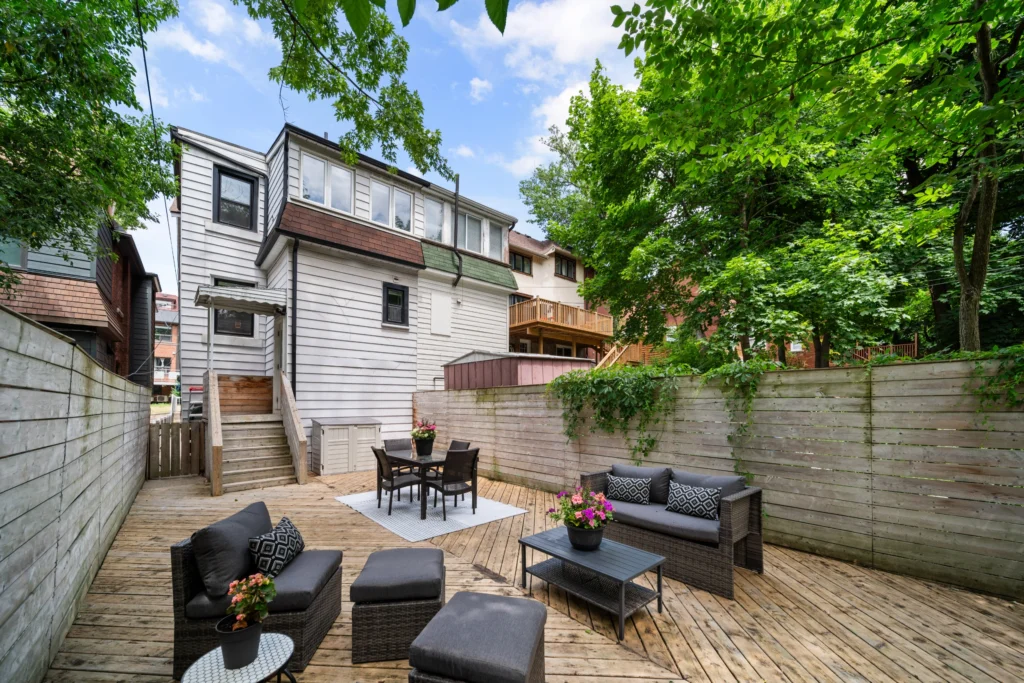
House hunting is equal parts thrilling adventure and nerve-wracking puzzle. You’re not just buying four walls and a roof—you’re choosing the backdrop for your life’s next chapter. The challenge is, every house you tour seems to come with a trade-off.
That charming old place with character? Tiny closets.
The sleek modern build? A backyard the size of a postage stamp.
It’s easy to get swept up in finishes and décor, but the smartest buyers look deeper. They know which features will truly affect daily life, long-term comfort, and even resale value.
That’s why we’ve pulled together five of the most important features to keep on your radar when shopping for your next home. More than just a checklist, each section includes simple, tactical steps you can use during showings and open houses. With this guide in hand, you’ll walk into every property knowing exactly what to look for—and walk out feeling confident, not overwhelmed. Consider this your roadmap to unlocking the right home for you.
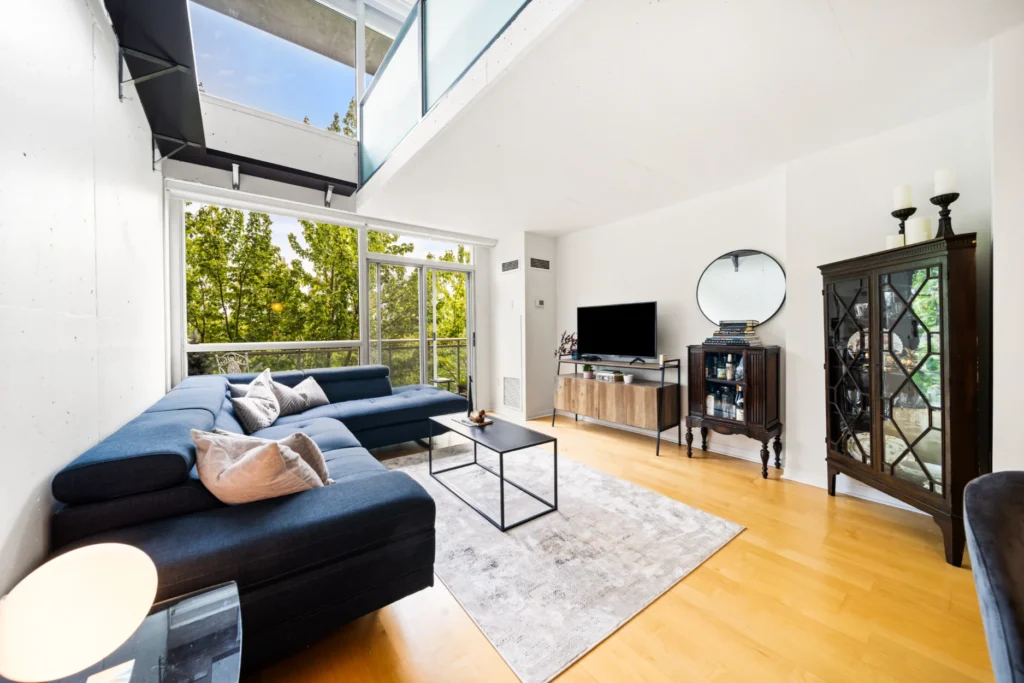
Space and Layout
Don’t just look for homes that offer more square footage, but also pay attention to the layout. Open floor plans can make a home feel even larger and are great for entertaining. It can significantly impact the feel of your home, making it appear larger and more welcoming, perfect for both family life and entertaining.
Consider the number of bedrooms and bathrooms, and look for homes with large kitchens, especially if you love cooking or baking. This needs to be sufficient for your family’s current and future needs, providing comfort and privacy for everyone. A large kitchen, significant for those who enjoy cooking, can add immense value, transforming meal preparation into a pleasure.
To-Do List:
- Walk through each room and imagine your daily routine. Where would people gather? Where would you want quiet?
- Count the bedrooms and bathrooms against your current needs and possible future changes (kids, guests, aging parents).
- Pay attention to kitchen size and flow. If you love cooking, make sure there’s ample counter space and room for movement.
- Bring a tape measure for key furniture pieces—your sectional or dining table may not fit the way you think.
- Check how one space connects to the next. Is there a natural flow, or does it feel cramped and awkward?
Looking for more insights and helpful tips? Subscribe to get these delivered straight to your Inbox!
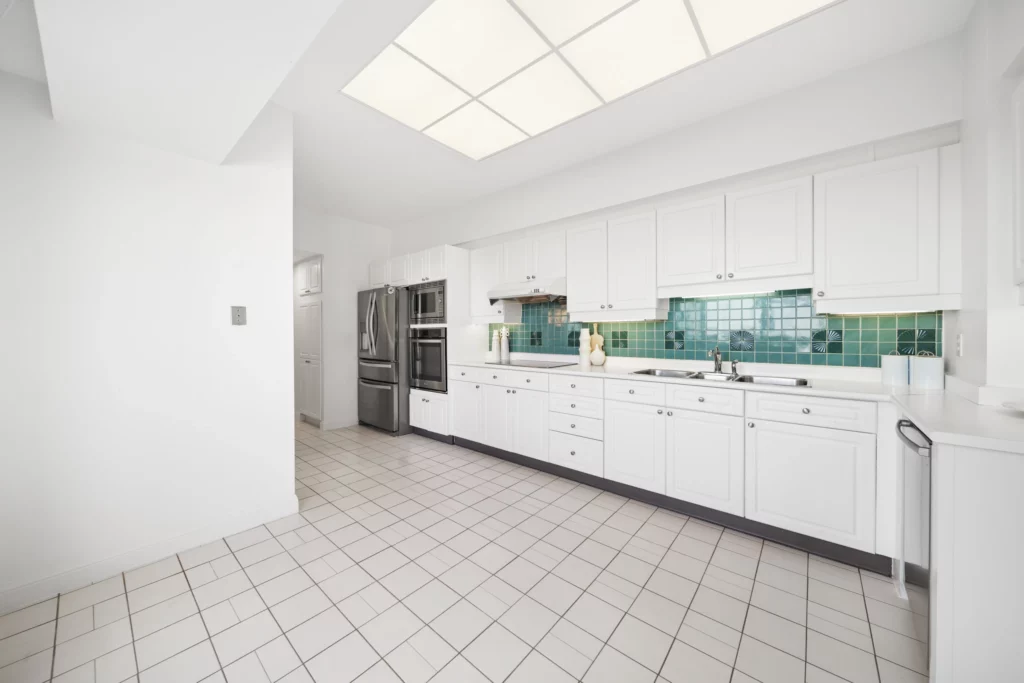
Storage
As you transition to a larger home, consider the availability of various storage options, such as walk-in closets for bedrooms, which can keep your personal items neatly organized and easily accessible.
A spacious kitchen pantry is invaluable for storing food and kitchen appliances, reducing clutter on countertops, and keeping essentials at hand. Plus, an oversized garage or dedicated storage rooms can accommodate seasonal items, sports equipment, and tools, ensuring that your living areas remain uncluttered and spacious.
Built-in shelves and cabinets in living areas, bathrooms, and hallways can further maximize storage space while adding to the aesthetic appeal of your home.
To-Do List:
- Open every closet—are they deep enough, or just shallow spaces with a single rod?
- Check for a pantry in the kitchen and envision whether it’s big enough for your family’s food and small appliances.
- Peek into the garage or basement to see if there’s room for bikes, holiday décor, or tools.
- Look for built-in shelving, cabinets, or nooks in hallways and living areas that add bonus storage.
- Ask yourself if the home offers a balance between hidden storage (closets, cabinets) and display space (open shelves, mudrooms).
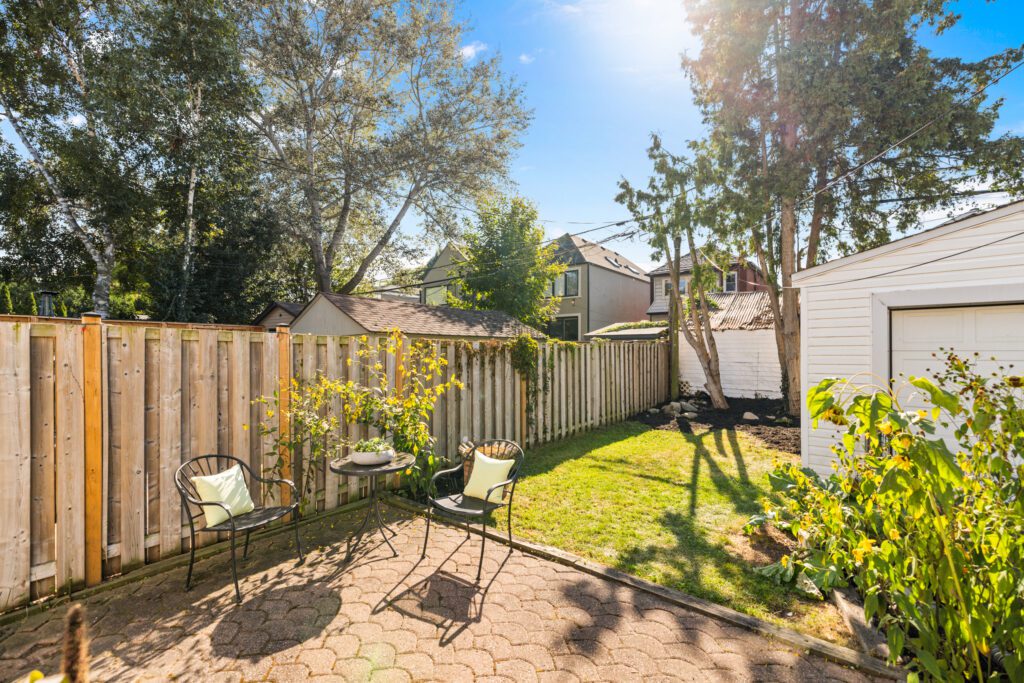
Outdoor Space
Outdoor living areas are a key feature to consider when looking for a larger home, offering a seamless extension of your indoor living space into the natural environment.
As you look for a larger home, prioritize properties that boast well-designed outdoor spaces, such as patios, decks, gardens, or even a backyard pool, which can significantly enhance your home’s appeal and functionality. These areas provide the perfect setting for relaxation, dining al fresco, and entertaining guests, effectively increasing your usable living space. Incorporating comfortable seating, attractive landscaping, and perhaps an outdoor kitchen or fire pit can transform these outdoor areas into your personal oasis.
Consider the privacy and maintenance of these spaces; well-placed fencing or vegetation can offer seclusion, while low-maintenance landscaping ensures your outdoor area remains a pleasure, not a chore. Embracing outdoor living spaces in your upsized home not only capitalizes on every square inch of your property but also enriches your lifestyle by promoting a connection with the outdoors and offering a versatile venue for creating lasting memories.
To-Do List:
- Step outside and picture how you’d use the space: gardening, barbecues, kids’ play area, or quiet evenings by a fire pit.
- Check the privacy level—are there fences, hedges, or neighbouring windows looking straight in?
- Walk the perimeter to see how much upkeep the landscaping will require and whether it fits your time or budget.
- Consider if there’s room (or potential) for upgrades like a deck, patio furniture, or an outdoor kitchen.
- Look at sun exposure and shade. A backyard that’s blazing hot or perpetually damp may limit how much you’ll actually use it.

HVAC System
When scouting for a new home, the heating, ventilation, and air conditioning (HVAC) system deserves your close attention, even if you’re not an HVAC expert.
Check for consistent heating and cooling across all rooms, as this indicates a well-functioning and efficient system, and listen for any unusual noises during operation, which can signal potential mechanical issues.
Take note of any strange odours or excessive dust, which could hint at poor air filtration or ventilation problems, affecting both your comfort and the indoor air quality of the home. Knowing when these systems are installed is equally important. HVAC units typically have a lifespan of 15-20 years. This reveals not just maintenance or replacement needs but also hints at the home’s overall energy footprint.
You can avoid any unexpected issues later, and it puts you in a stronger position to negotiate better deals.
To-Do List:
- Turn the system on during your visit—check if rooms heat and cool evenly or if some areas feel drafty or stuffy.
- Listen for odd noises (rattling, banging, whistling) that could signal worn parts.
- Ask the seller for the installation year and any service records—most systems last 15–20 years.
- Look at vents and filters; lots of dust or strange odours could mean poor air quality.
- Factor in replacement or upgrade costs if the system is nearing the end of its lifespan. This can help you negotiate price or budget for future work.
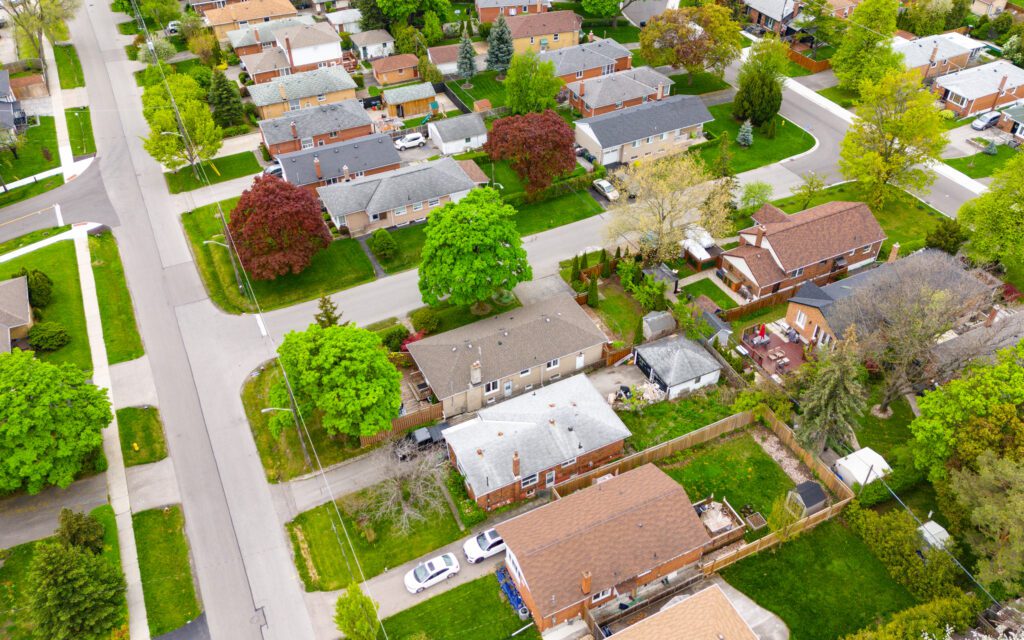
Location
Choose neighbourhoods that align with your lifestyle preferences, whether that means being close to nature, having easy access to urban amenities, or residing within a top-rated school district if education is a priority.
Evaluate the proximity to essentials such as grocery stores, healthcare facilities, and entertainment options, ensuring that your daily life is convenient and enjoyable. Community amenities like parks, walking trails, swimming pools, and clubhouses can significantly enhance your living experience by providing recreational opportunities right at your doorstep.
Safety and community spirit are also vital; a neighbourhood with a strong sense of community and low crime rates will make your new house feel more like a home.
To-Do List:
- Drive around at different times of day—does the area feel safe, busy, or quiet? How’s the traffic?
- Map out how close the essentials are: grocery stores, transit stops, healthcare, schools, and entertainment.
- Research school districts if education is a priority, even if you don’t have kids (resale value often depends on this).
- Ask about community amenities—parks, trails, community centres—that could add to daily enjoyment.
- Talk to neighbours if possible. Firsthand impressions can reveal a lot about safety, noise, and community spirit.
Choosing a home isn’t about chasing perfection—it’s about finding the right balance between space, storage, comfort, and location that fits your life. By working through each of these areas with a practical checklist, you’ll avoid regrets and zero in on the features that truly matter.
At the Smith Proulx Real Estate Team, we know West Toronto inside and out. From High Park to Bloor West Village and beyond, we can help you weigh your options, highlight hidden gems, and guide you to a home that feels just right. When you’re ready to make your next move, we’ll be here to help you take the leap with confidence.
Call us at 416-769-6050 or contact us for more details.
Looking for help with your house hunting?
We're experts in the West Toronto market. We work and live here! Contact us today to get accurate insider advice for your new home search.



